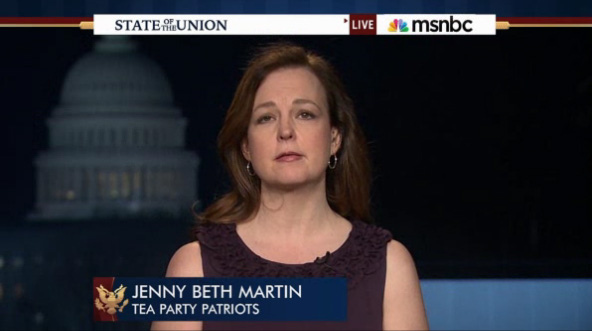John Hawkins of Right Wing News has set conservative activists buzzing with his report yesterday on the unregulated PACs which raise tens of millions of dollars without really helping any of the candidates they are supposed to benefit.
Did you know that despite the fact that it raised a staggering 13 million dollars, The National Draft Ben Carson for President isn’t affiliated with Ben Carson and the small percentage of money it spent on independent expenditures didn’t go to him? Now you know why Ben Carson’s business manager, Armstrong Williams wouldn’t allow the group’s campaign director to take a picture with Carson and said, “People giving money think it’s going to Dr. Carson and it’s not. …Our hands are tied. We don’t want people exploited.”
We also found quite a few PACS that made large payments to vendors who were owned by people who worked for the PAC. This certainly can be done for legitimate purposes, but it’s also an easy way to move money around while keeping your donors from seeing what you’re actually doing with it. For example, this is done in some cases to obscure how much people at the PAC are really making. The Senate Conservatives Fund and American Crossroads appear to have done that. However, it can also be a way for PACs to siphon off money. If a PAC officer pays a vendor he owns, he doesn’t have to report what the vendor did with it to the FEC, which means nobody really knows what happens to the money. That’s why PAC payments to vendors owned by people who work for the PAC look suspicious and should set off red flags for donors. It’s a huge conflict of interest. If the independent expenditure you pay yourself looks the same on the FEC report whether you take 10% of it or 90% of it, the temptation will be to keep as large a share of the money as possible whereas an unaffiliated vendor would feel pressure to take as small a cut as possible in order to try to keep your business.
I’ve seen this phenomenon of connected vendors before, and I’ve been talking about these issues for a while. Tea Party Patriots, which spends an abysmal five percent of donations on candidates, has become Jenny Beth Martin’s personal sinecure rather than an effective grassroots organization. In fact, there are no surprises in Hawkins’s report for me: some of the organizations he names are familiar because of their connections to Dan Backer, the high-powered Washington, DC attorney behind two of the most important Supreme Court decisions in the new era of unregulated dark money: Carey v FEC, which created so-called ‘hybrid super PACs,’ and McCutcheon v FEC, which raised donation limits for billionaires who want to buy federal candidates.
Which brings us to the central problem for conservatives here. Some of the best-connected, most prominent conservatives are also the ones responsible for fleecing the conservative movement, and they have done an excellent job of getting that movement behind them when it counts. Remember all that tea party noise about Lois Lerner and IRS nonprofit applications? That little distraction has helped obscure these conservative fundraising scams from view, and if you think it’s a coincidence then you’re not paying attention. At the Washington Post, Paul Waldman explains that the problem is metastasized throughout the conservative movement:
This particular con is just one variant of a wider system, one that has been in operation for decades. While there may be some cases of similar scams on the left, they’re absolutely rampant on the right, because they’ve been so central to the conservative movement for so long. In the 1960s, conservatives realized that the nationwide grassroots network that activists built to support Barry Goldwater could be an ongoing source of funds, not only for conservative causes but for people wanting to sell snake oil. Lists of names and addresses became a valued commodity, built, bought and sold again and again for the benefit of those who controlled them and those who used them (Rick Perlstein lays out that history here).
That tradition continues, but in new and more complicated ways that I like to call the circle of scam. Organizations like the Heritage Foundation and FreedomWorks pay radio hosts like Rush Limbaugh and Sean Hannity big money to offer on-air endorsements that are the radio equivalent of “native advertising.” Future presidential candidate Mike Huckabee sells his email list on “miracle cancer cures” hidden in the Bible. Conservative media figures like Dick Morris solicit contributions that somehow are never turned to the political ends they claim. Nobody wants to upend the system, because too many people are getting a taste.
Indeed, the basic problem is that conservatives want to be scammed. Fundraisers have gotten very good at telling them what they want to hear, while the average conservative has no way to verify that their contribution will actually help the candidate or cause they care about. And until conservatives start getting upset about this arrangement, it will never change.

A country with a sincere interest in preserving the integrity of the electoral process would mandate that all PAC’s be subject to outside audit, and a PAC found guilty of fleecing its donors would forfeit all its assets. Unfortunately, preserving the integrity of the electoral process seems to be about the last thing we’re interested in.
Think how many billions old cretins tossed at Romney. They are taken from the top down.
You would think a fare minded guardian of the public trust would go after these hucksters?
Someone like, let us say Darrell Issa.
Oh I forgot he was the one running interference for the cons and hucksters.